I was introduced to the world of fungi by a forest-loving adventurer I dated 8 years ago. Being a forest-loving wanderer myself, more drawn to the quiet realm of thought, I was quickly enamored by the foraging process of searching, looking for clues, treasure hunting. My knowledge of identification quickly surpassed that of my ex, and on our hikes I was often (always) left behind while I trudged through underbrush skimming the forest floor for that roundness, or that glisten, or that specific pattern indicating a fungal find. From then on, in my favorite place to be, usually with my favorite eager canine companion, I spent my summers bathed in dappled sunlight, splashing through mud puddles, and drenched in my own sweat, hunting the treasure I sought, the most interesting specimens in my trove.
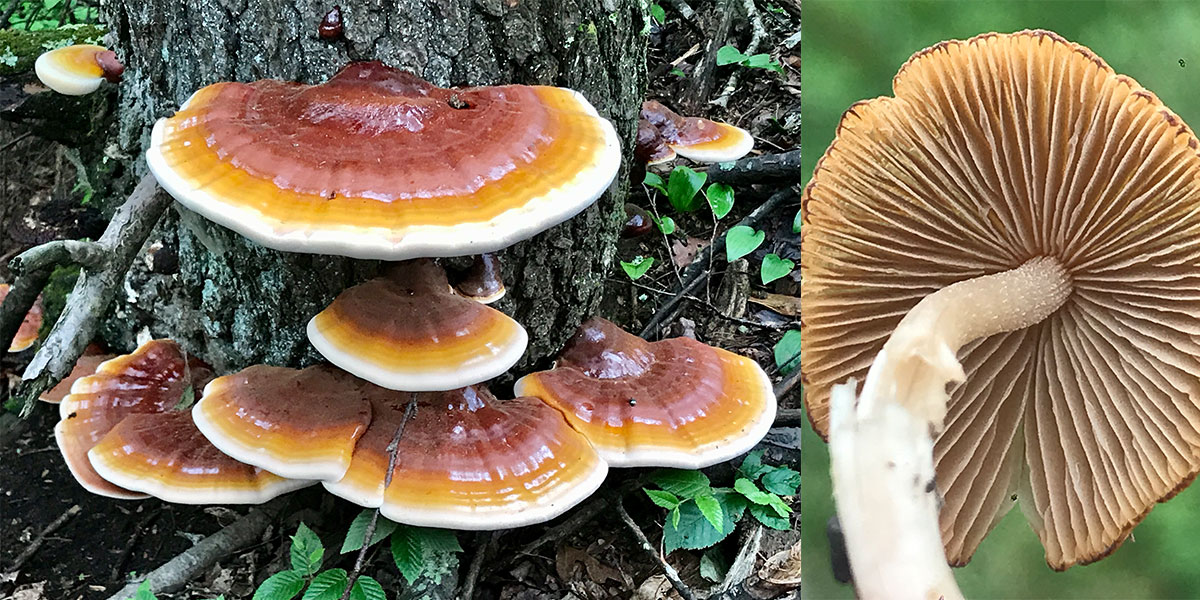
At this point in my relationship with fungi, not only do I forage when I can, but I spend a significant amount of my in-doors time researching what I’ve found. At my computer, I have perfected the use of Google Image Search descriptors as a starting point for identifying my finds. I research cultivation, ecological roles and medicinal properties, and I’ve expanded my mycelial network making friends with like-minded fungophiles. The most rewarding treasure of mushroom hunting is that no matter how much I learn, there is no end to new information or people willing to share their knowledge. I was lucky to befriend Olga from Mushroom Mountain, @sporeprints, on Instagram, and was presented the opportunity to write this blog post documenting the next part of my growth as an amateur mycologist. The ever-giving world of mushrooms continues to fascinate me.
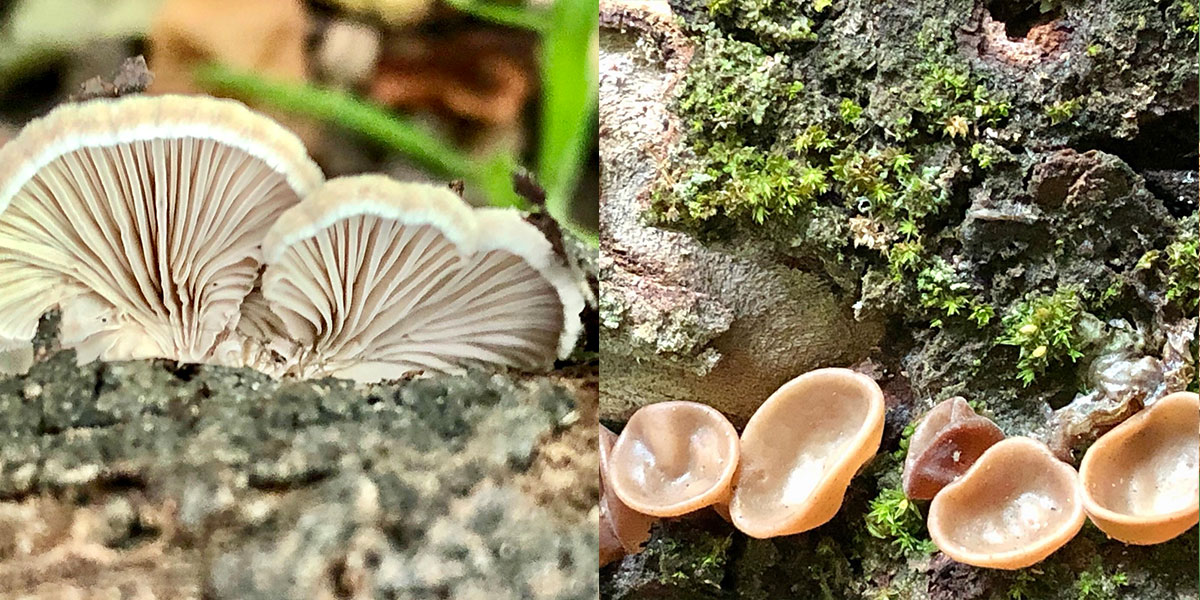
After nearly a year of mushroom talk back and forth and comments on pictures, Olga offered to send me King Oyster spawn if I was keen on writing about the process. I was beside myself with eagerness and accepted the challenge. My excitement followed me around until I received the spawn in the mail, prepared and packaged by Mushroom Mountain. It came pre-mixed with sawdust substrate in a humidity bag, ready to go. I sliced an X into the bag, soaked the spawn in spring water overnight, had dreams about finding wild blooms of unidentified fruiting bodies, and woke up with my spray bottle in hand. I kept the substrate moist by spraying in the morning and evening. Mere days later, the fruiting had begun.
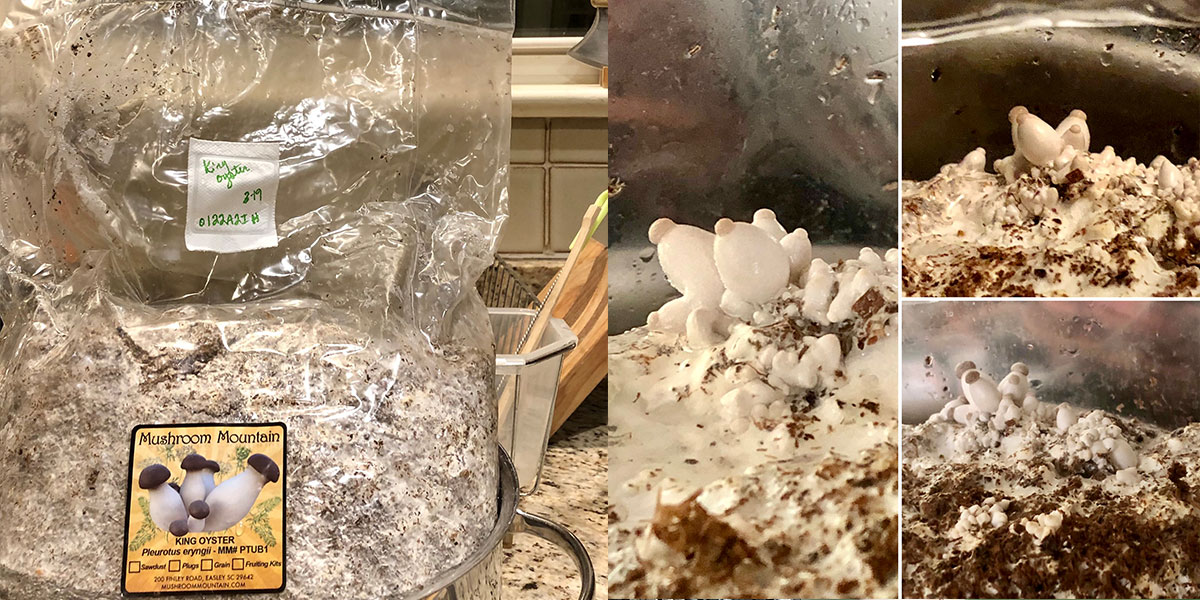
The “root system” of a fungus is called mycelium, a branching network of nutrient transportation made up of microscopic filaments called hyphae. Hyphae are responsible for the absorption and distribution of nutrients throughout the mycelial structure. The hyphae grow through their tips, expanding wherever food is plentiful, and drawing back where resources are exhausted. The resources sought by different species may vary. Most fungi are saprotrophic and gain nutrients from decaying organic material like forest litter (including microscopic species we never even see). Other fungi are mycorrhizal and grow in symbiotic partnership with plants, the mycelium zipping nutrients and water to plant cells, and in return the plants provide the mycelium with sugars from photosynthesis for energy. And some fungi are parasitic, attacking or killing their host. Given enough nutrients and proper substrate (food), mycelium can grow into a hyphal knot, which is the first visible sign of a fruiting body (the mushroom). You may notice that fruiting bodies form relatively fast compared to plants, sometimes popping up overnight. This is due to the cellular growth pattern of mushrooms. While mycelium grows by cell division, the fruiting body grows by cell enlargement; given enough water and the right external conditions, growth may take hours to a few days.
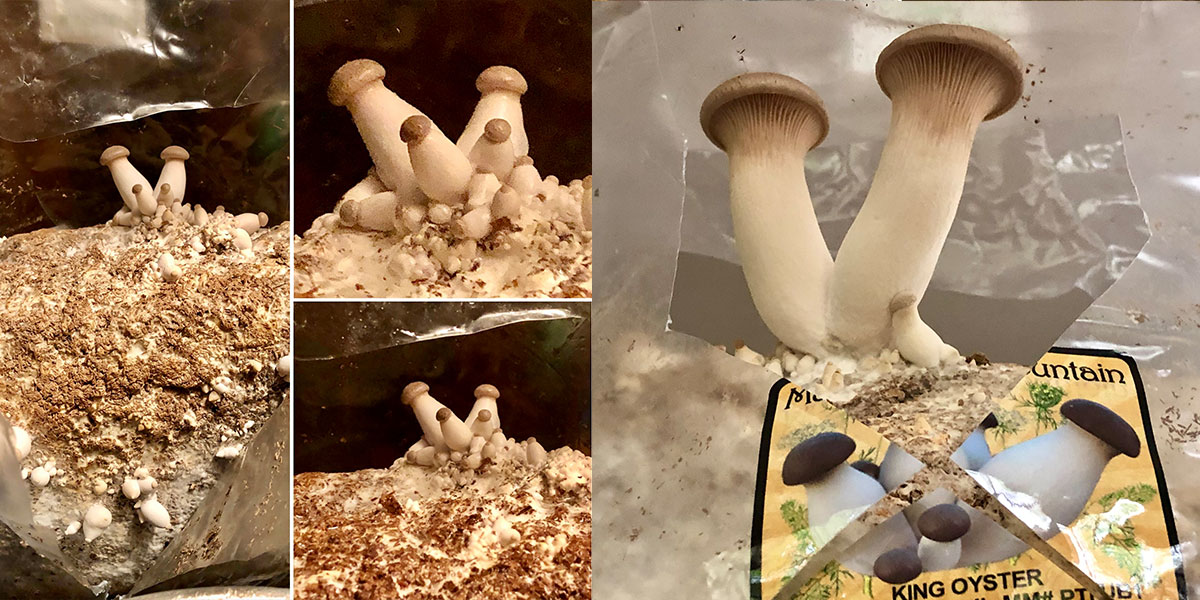
That’s what happens in the spawn on my dining room table. Our dining room is not so much a dining area, but a place for experiments, crafts, and plants that require sun. The spawn was placed in an area that received indirect light, and the room was 60-65 fahrenheit. I believe it is relevant that it rained a few times during their growth, contributing to increased humidity. I have a friend who cultivates mushrooms indoors who insists that the mushrooms grow better during rainy periods, regardless that they are inside. I should also note that striving for the proper temperature, optimal amount of water, and appropriate humidity level at this time is considered an art form, and I am just beginning this “fork in the mycelium” on my journey through mycology. The king oysters started as primordia, or pins. They began to grow slowly, so I was mindful of my spraying– too little and they won’t grow, too much and they drown. Over the next week, they went from the “breasts” described by my coworker to more phallic shapes, and they kept growing. I had two main blooms, one on the front of the bag and another on the back, so I ended up slicing the back of the bag too. They grew past the edges of the slices, and had small clusters on either side. I finally harvested them when they’d been spewing spores for a few days (you will know when this happens– the coffee table beneath these oysters was a sheet of white spores), they were no longer growing, and were beginning to dry. I made an almond flour roux with them that my gluten intolerant boyfriend and I ate with chicken and rice.
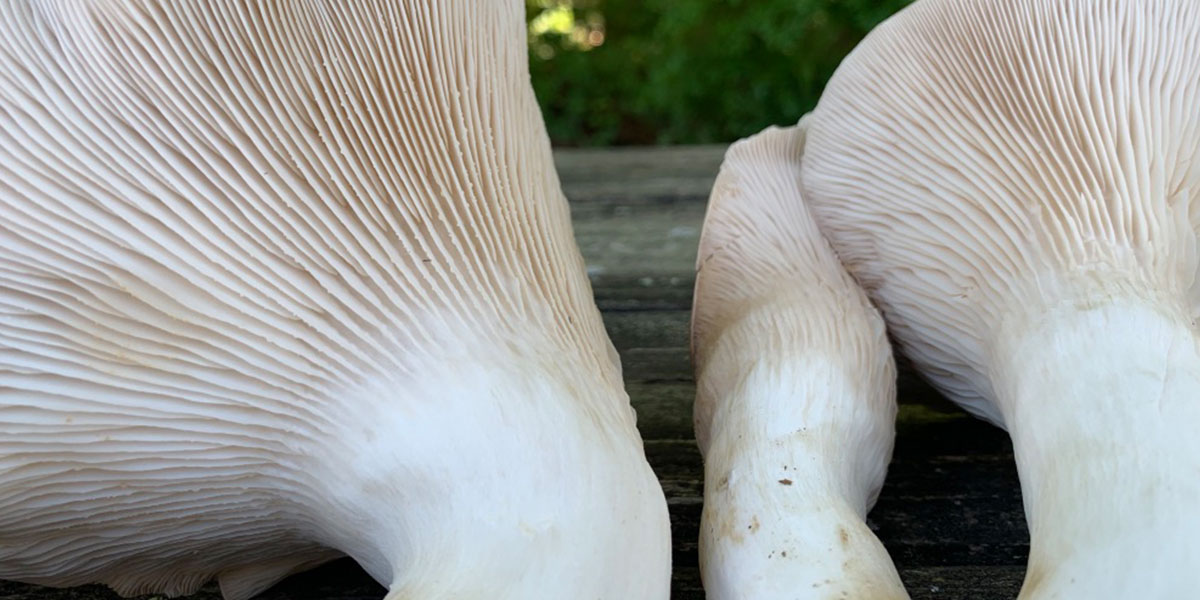
Oyster mushrooms, members of the genus Pleurotus, are saprotrophic, usually feeding on the wood of fallen trees and causing white rot, which helps break down the dead wood. The type species, Pleurotus ostreatus, can be difficult to discern from other species, but none are toxic to humans– though some may be allergic to its spores. Members of the genus Pleurotus are also one of the few carnivorous mushrooms, attacking, paralyzing, and consuming nematodes utilizing a toxin they produce. Another fascinating function of oyster mushrooms is their ability to remediate toxins from soil. While research is still being performed to test the efficacy and extent to which this nifty trick can be employed, there are many examples of this method being used to clean up oil spills, boat fuel contamination and toxic messes from wildfires. Even more compelling is that research suggests fungi may be able to break down more pesky materials, like plastics, pesticides, herbicides and heavy metals. Indeed, there are scientists who reject these claims, dismissing them as pseudoscience along with the proposed medicinal qualities of many mushrooms, but the growing movement of mycoremediation has yielded promising results for fungi to be a part of the solution to many of our nastiest problems.
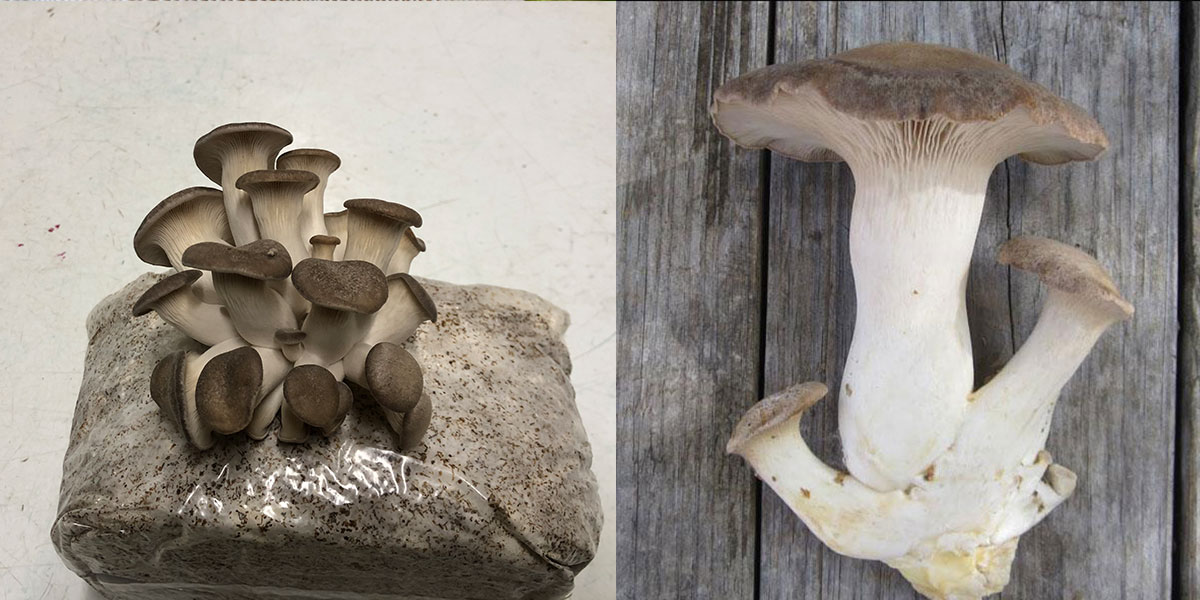
The next part of the story is the part when my boyfriend, a landscaper, decided to start a plant nursery in our backyard. As a part of the business, I decided I will try my hand at mushroom cultivation with logs and plugs. This type of spawn is also available at Mushroommountain.com and involves drilling holes into logs, inserting plugs of spawn, and covering the spawn with a wax to prevent contamination. To my knowledge, this type of cultivation will produce mushrooms for a few years, but specific mushrooms do better with certain types of cultivation, so I will likely be utilizing a variety of techniques. There is a lot to learn, many decisions to make, and yards of literal ground to move, but nothing excites me more than to know that I can do this.
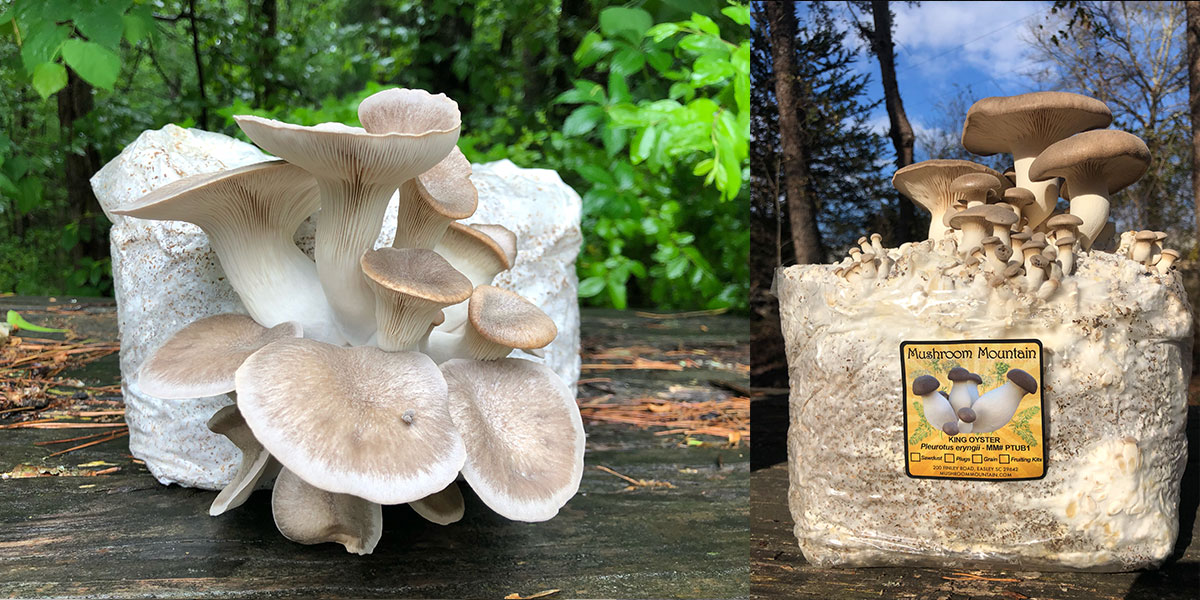
So far, most of my education and experiences have been free. I have had a small share of paid extravagances (Telluride Mushroom Festival in 2015, a class with @MushroomMadman, and a few books), but I want to really emphasize that if you’re reading this, you have access to free knowledge through a wide variety of online sources. I’ve attended a few of the Women in Mycology meets hosted by Olga from Mushroom Mountain, and they were fantastic. Recently the North American Mycological Association (NAMA, @northamericanmyco) has been holding guest takeovers of their Instagram account, hosting minds such as @LorelleMorel, @unkle_fungus, and @two_gnomes, during which the host shares a wealth of knowledge including ID tips and cultivation know-how. MushroomExpert.com is considered an excellent source for species-specific information and includes dichotomous keys to help ID. But the best knowledge comes from experiences you have in the natural world, observing, exploring, note-taking. That’s where the spark occurs, the thirst to learn more, the inspiration to research. Hopefully I’ve inspired readers to learn more about cultivation of fungi, or at least to learn more about what fascinates them. I know my journey will continue, forking like mycelium, growing toward the “nutrients” of knowledge, carving my path through the mushroom world.
To get king oyster spawn, please click here. For instructions on how to grow king oysters, please visit our Growing Manual Resources. You can find Ash on Instagram @ashtreecaroline.

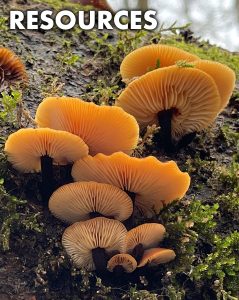
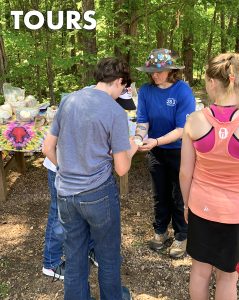
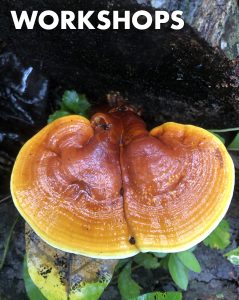
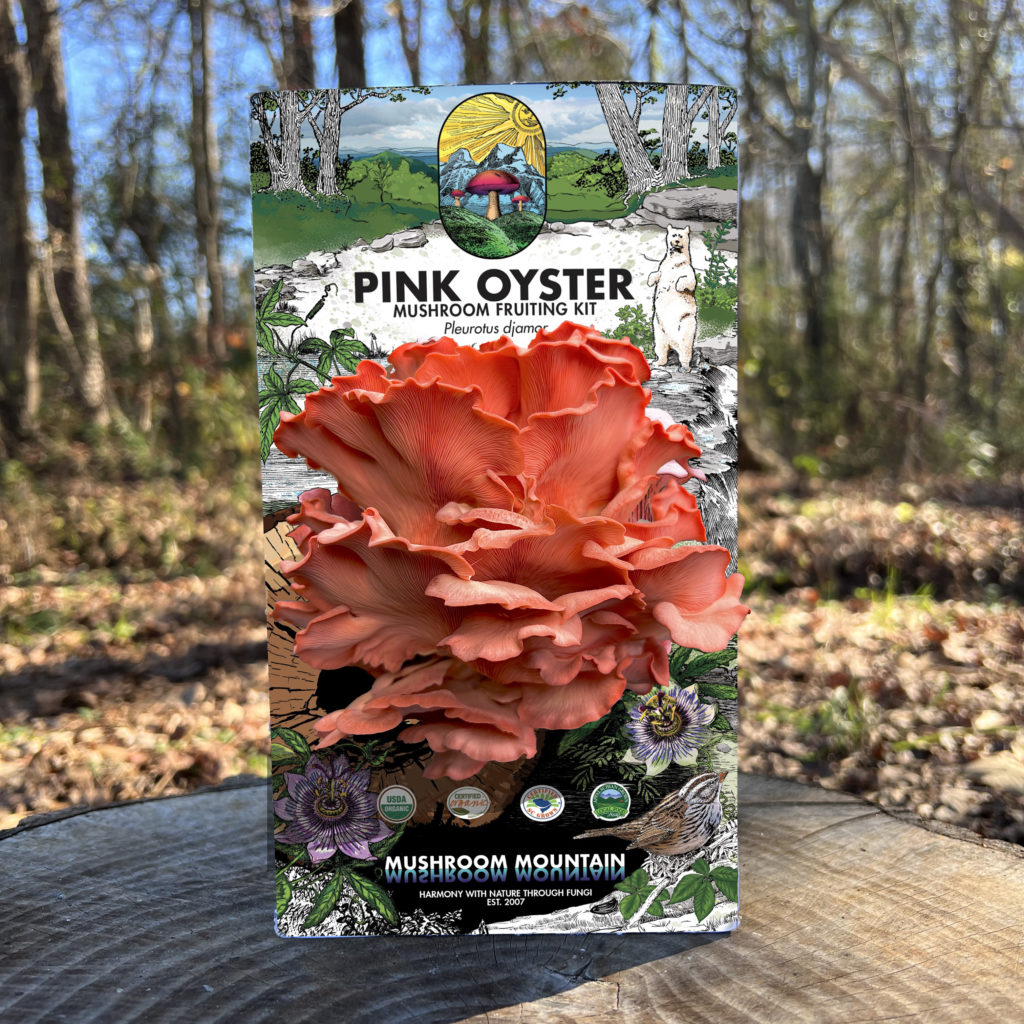
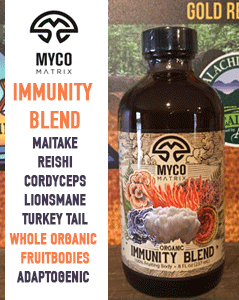
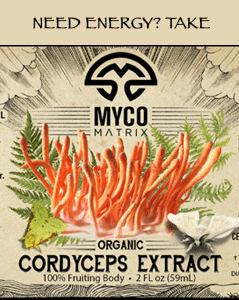

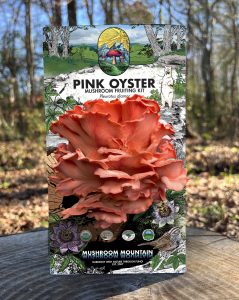
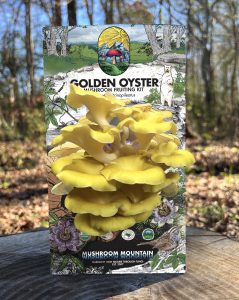
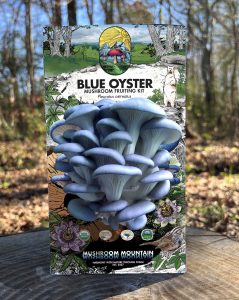
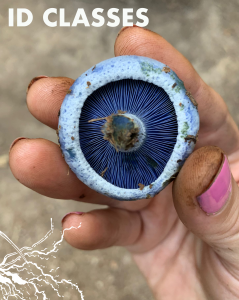

1 thought on “King Oyster Fruiting Kit – An experience by a beginner grower Ashley Rabe”
Although growing mushrooms is unlike gardening other vegetables, you can still grow mushrooms organically in your home the main keys to growing mushrooms at home are establishing the right growing conditions and acquiring or making mushroom spawn using good quality mushroom logs. Mushrooms can tolerate some light, but the spot you choose should stay relatively dark or in low light. I have been running my mushroom business since 2015 after buying logs from Agrinoon(Fujian). I grow mushrooms like Shiitake, Oyster, and Morels.